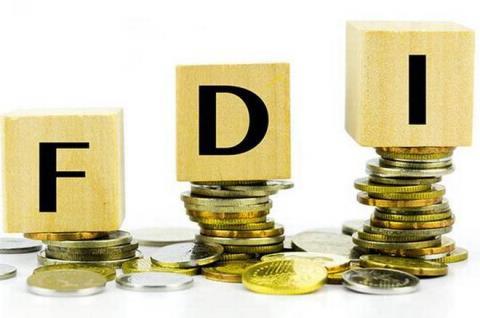The mechanism must be designed in a way to control taxation in every business field, deal with foreign investors using domestically sourced capital, control FIEs’ capital, and maintain post-investment registration supervision to stop transfer pricing.

Bui Trinh, a respected economist, applauded the decision, saying ‘better late than never’.
For a long time, the figures about GDP growth rates and FDI capital in state agencies’ reports were considered as great achievements. Only in recent years have economists called for reconsidering the achievements after discovering that while FIEs can enjoy big investment incentives, their contribution to Vietnam’s economy remains modest.
Trinh said Vietnam has no benefits in technology transfer, labor training and tax collection from FIEs.
The figure about total tax that FIEs pay to the state budget does not truly reflect FIEs’ contribution to Vietnam’s economy. The taxes paid by FIEs include both direct and indirect taxes. The latter tax, by nature, is not collection from FIEs, but from Vietnamese consumers who pay tax when buying FIEs’ products.
|
Only in recent years have economists called for reconsidering the achievements after discovering that while FIEs can enjoy big investment incentives, their contribution to Vietnam’s economy remains modest. |
In 2016, the total tax sum FIEs did not have to pay thanks to the tax exemption policy reached VND35.3 trillion. In many cases, the total value of tax preferences was equal to registered investment capital.
FDI was hoped to generate more jobs for Vietnamese. However, reports showed that the number of workers employed by FIEs just accounted for 6 percent of total workers at maximum, while the figure is 43 percent in the private sector.
As most FIEs do outsourcing for export, Vietnam doesn’t haveopportunities for new technology and technology transfer.
He believes that the FDI sector contributes to the increase of the cash outflow from Vietnam.
“If GDP growth depends on FDI, the higher the GDP growth rate is, the more strongly the cash outflow goes and the nation’s resources will get exhausted. If Vietnam loses its resources in exchange for GDP growth, the growth won’t have much significance.”
Le Cong Nhuong, a NA Deputy from Binh Dinh province, agreed with Trinh that since Vietnam’s growth depends on FDI, the country’s resources will be depleted.
The 2007-2017 average GDP growth rate calculated with current prices was 22 percent, while the net cash flowing out of Vietnam was 32 percent, which decreased the ratio of GNI to GDP from 97.2 percent in 2000 to 95.2 percent in 2017.
RELATED NEWS
Vietnam to see big inflow of FDI in 2019
FDI from the US into Vietnam remains modest
Thanh Mai
 Deputy PM Vuong Dinh Hue asked MOF to set up a mechanism to control the enterprises." itemprop="description" />
Deputy PM Vuong Dinh Hue asked MOF to set up a mechanism to control the enterprises." itemprop="description" />